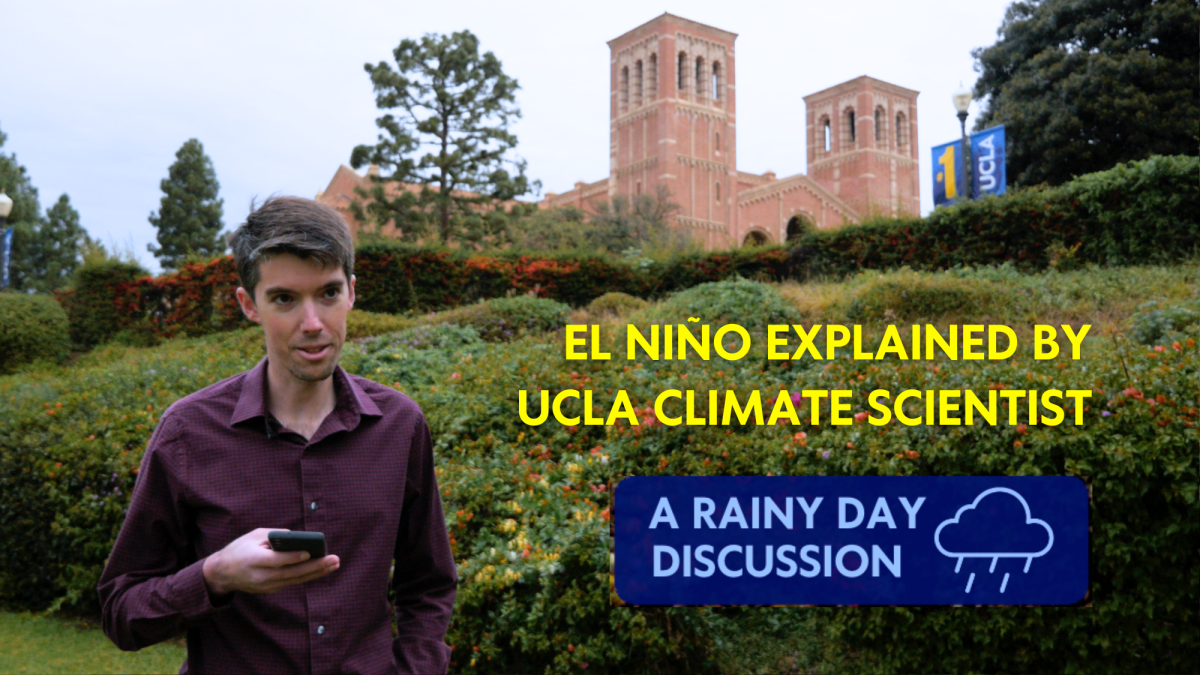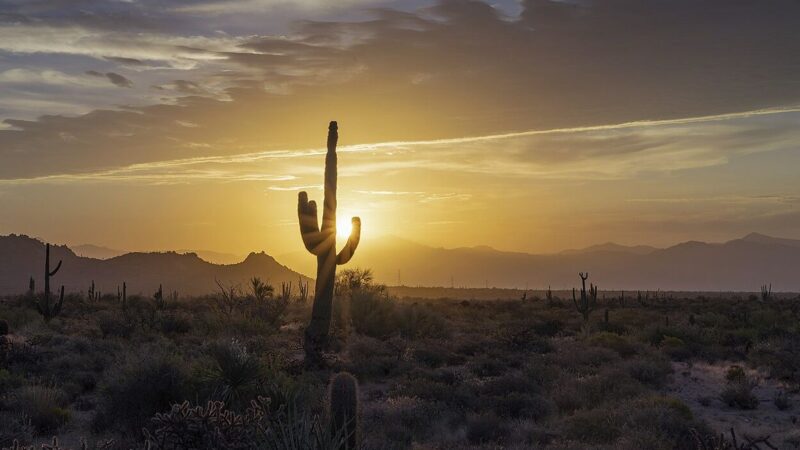
Video: El Niño Explained by UCLA Climate Scientist—A Rainy Day Discussion
Originating in the Eastern Tropical Pacific Ocean off the coast of Peru, El Niño may seem like a distant force to Californians. But the weather phenomenon exerts a profound and far-reaching influence, intricately shaping the state’s hydroclimate.
Originating in the Eastern Tropical Pacific Ocean off the coast of Peru, El Niño may seem like a distant force to Californians. But the weather phenomenon exerts a profound and far-reaching influence, intricately shaping the state's hydroclimate.
In this video, UCLA climate scientist Daniel Swain provides insights into El Niño, highlighting its significance as a powerful weather predicting tool and discussing its potential impact on California’s precipitation patterns this winter.
Swain anticipates a shift toward wetter-than-average conditions, particularly in central and southern California, due to the ongoing El Niño event. While acknowledging uncertainties, including the potential for a dry or exceptionally wet season, he leans towards a prediction of increased precipitation. Swain emphasizes the warmer-than-average winter expected, resulting in more rain than snow in the mountains and potentially elevating the risk of flooding.
The video underscores the broader context of climate change, with Swain highlighting the escalating hydroclimate whiplash in California. Despite minimal changes in overall average precipitation, the likelihood of more frequent and intense extremes, encompassing both wet and dry events, becomes apparent. Swain advocates for adaptation to this reality through nature-based solutions capable of addressing both floods and droughts.
As Swain explores the ongoing uncertainties in climate science, he emphasizes regional nuances that impact both people and ecosystems. The unpredictability of phenomena like El Niño in a warming planet introduces significant uncertainties, influencing California’s hydroclimate.




